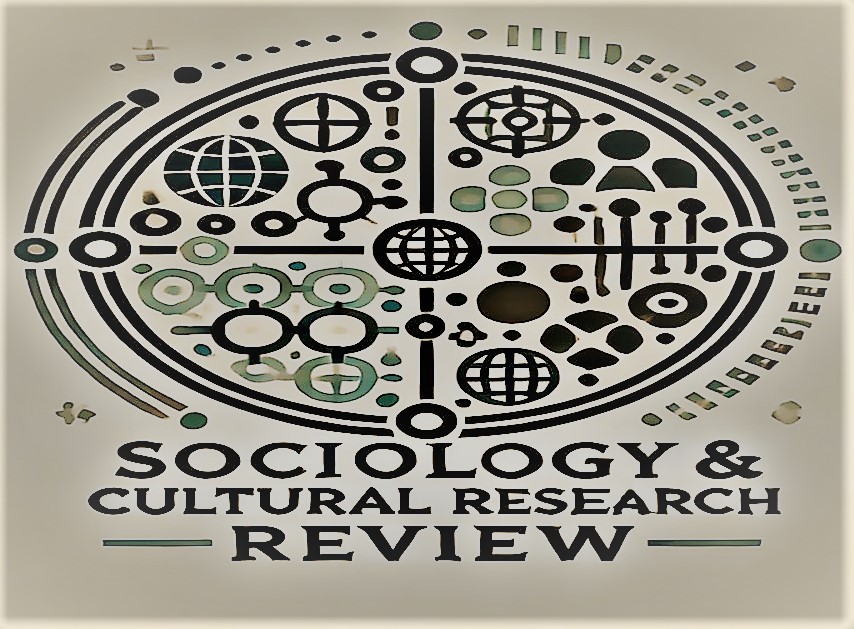THE STYLE OF NARRATING THE GHAZWAT (BATTLES) OF THE PROPHET MUHAMMAD (ﷺ) IN TAFSIR SIRAJ-UL-BAYAN BY HANIF NADVI (رحمة الله عليه)
Abstract
This research paper analyzes the unique exegetical style of Maulana Muhammad Hanif Nadwi (1908–1986) in presenting the battles (Ghazawāt) of Prophet Muhammad ﷺ in his renowned Tafseer Siraj al-Bayan. Nadwi, a distinguished scholar, philosopher, and Qur’anic commentator, devoted his life to Islamic scholarship and the dissemination of Qur’anic teachings. The study explores how Nadwi combines historical narrative, Qur’anic exegesis, and literary eloquence to portray the Prophet’s military expeditions as manifestations of divine guidance, moral strength, and strategic wisdom. Through a descriptive and analytical method, this paper highlights Nadwi’s approach in discussing major events such as the Battles of Badr, Uhud, Ahzab, Hudaybiyyah, and the Conquest of Makkah. The findings reveal that Nadwi’s style not only elucidates the historical and theological aspects of these events but also integrates spiritual lessons for contemporary Muslim societies.
Keywords: Tafseer Siraj al-Bayan, Ghazawāt, Maulana Hanif Nadwi, Qur’anic Exegesis, Prophetic Biography




